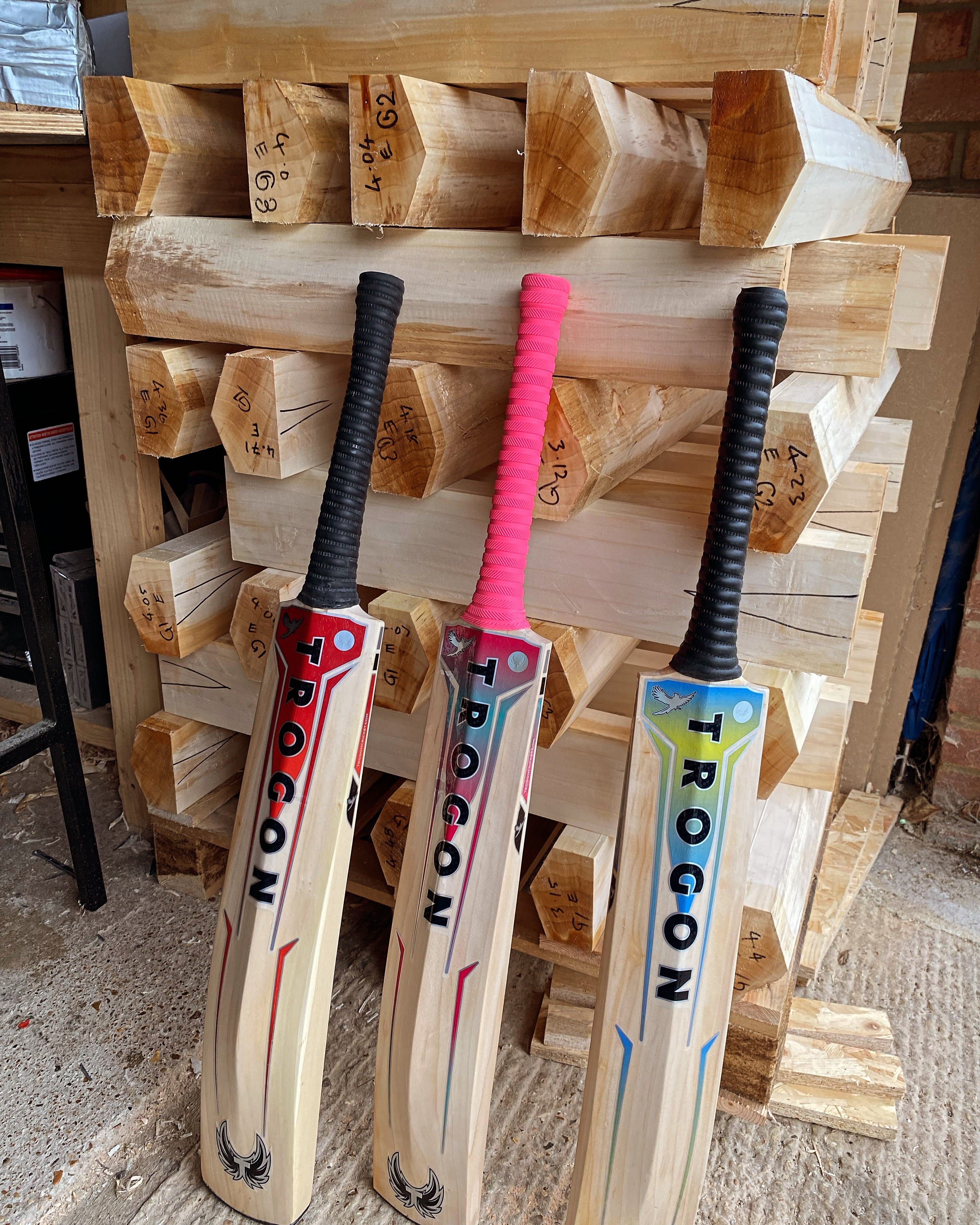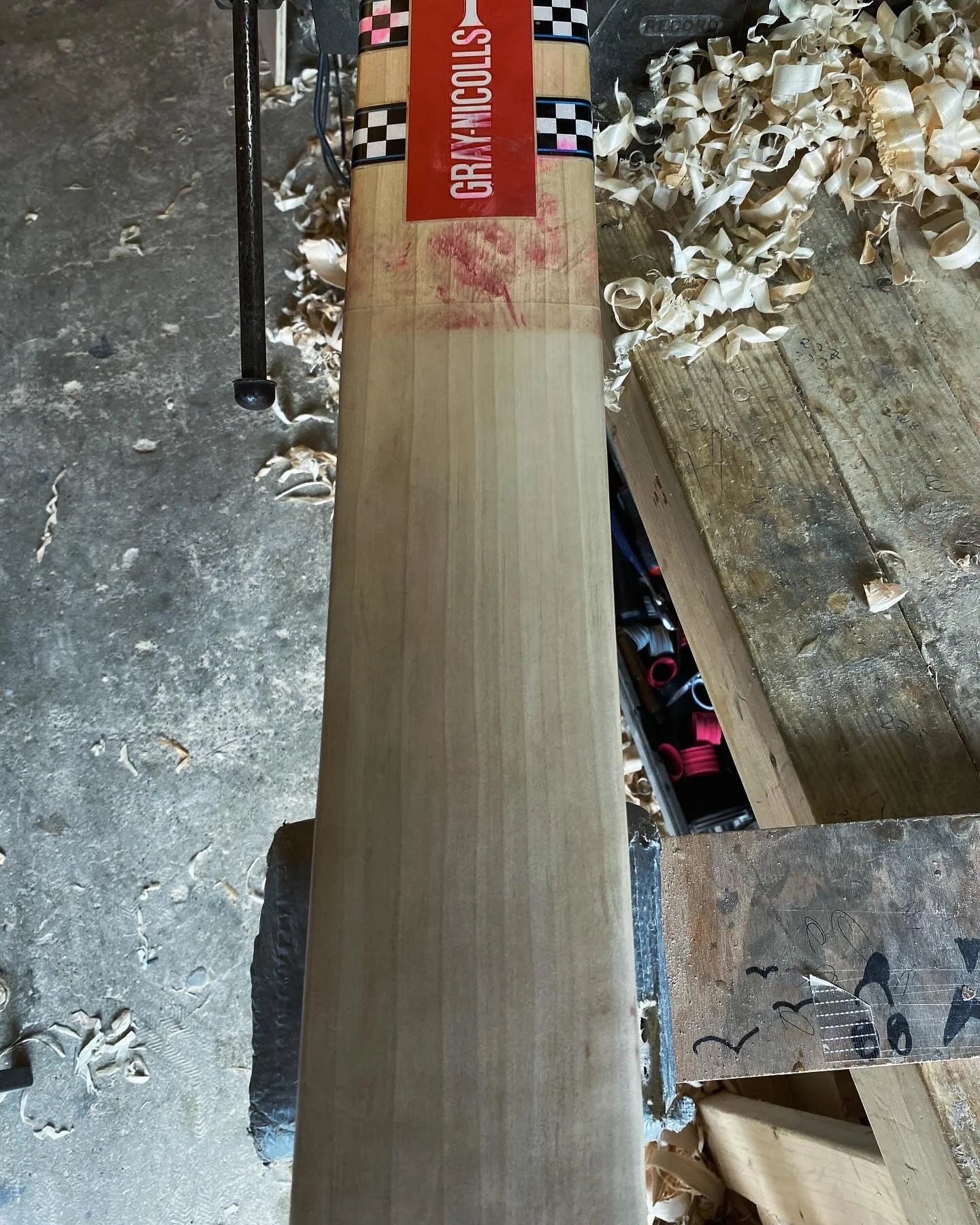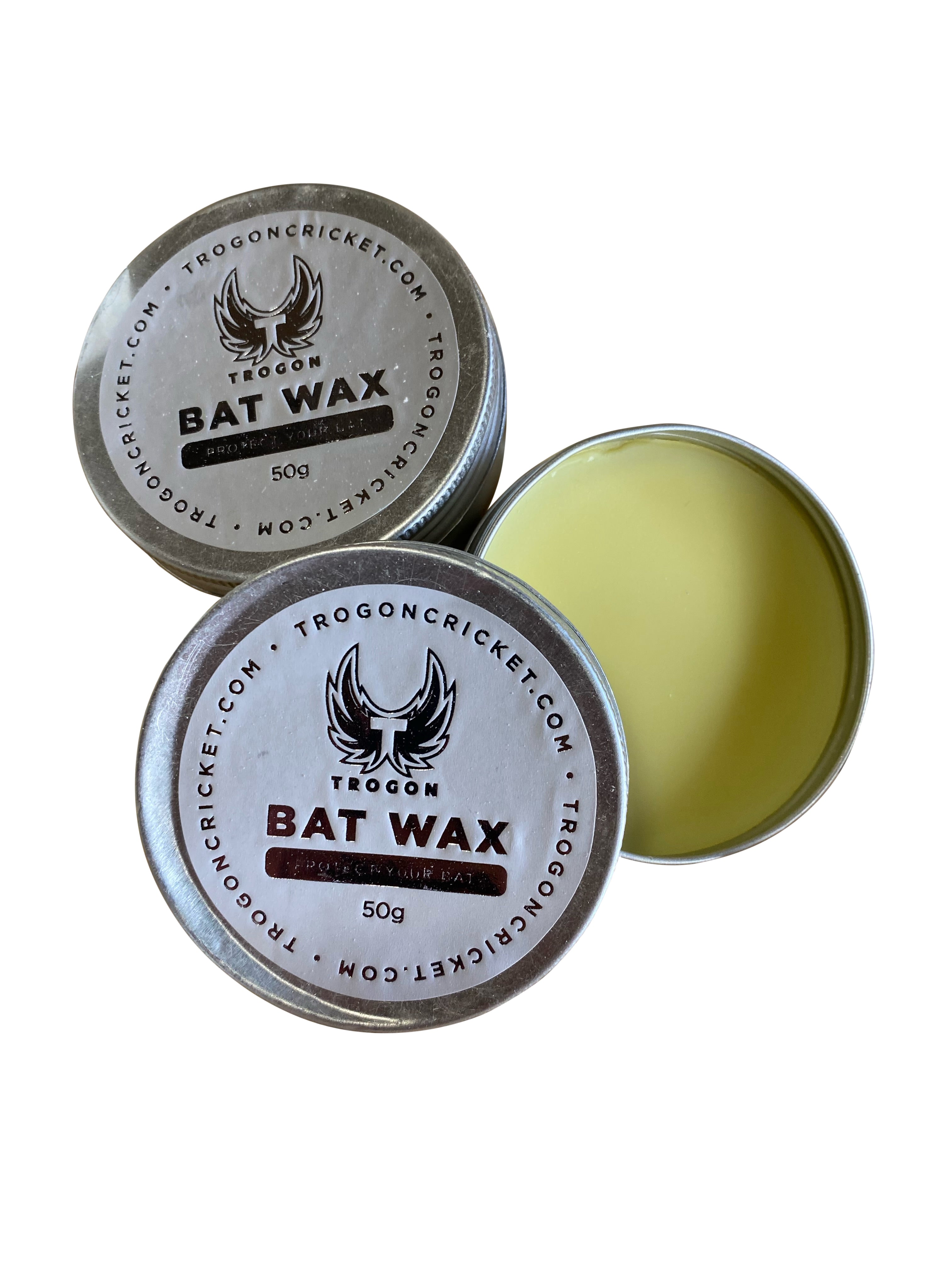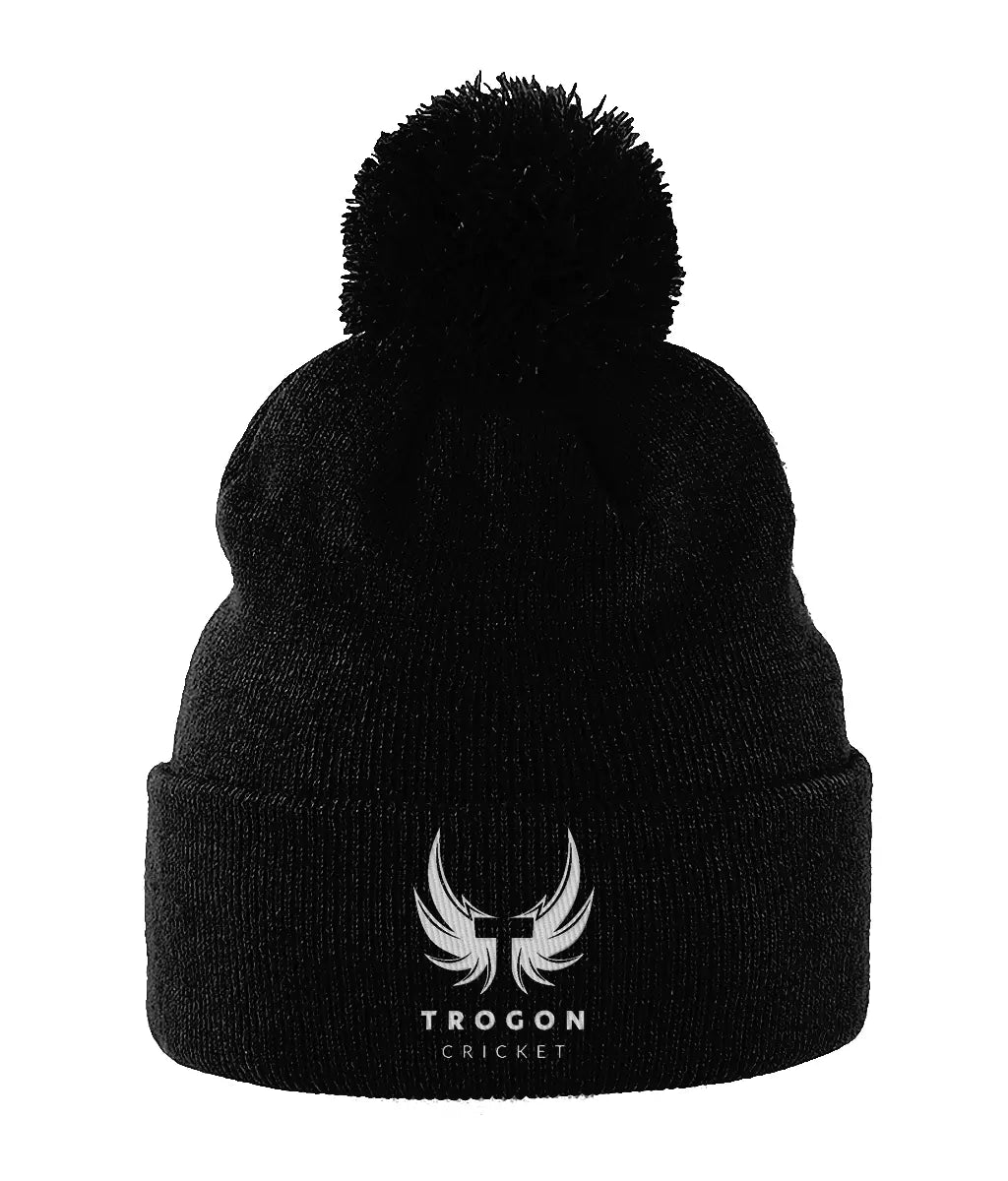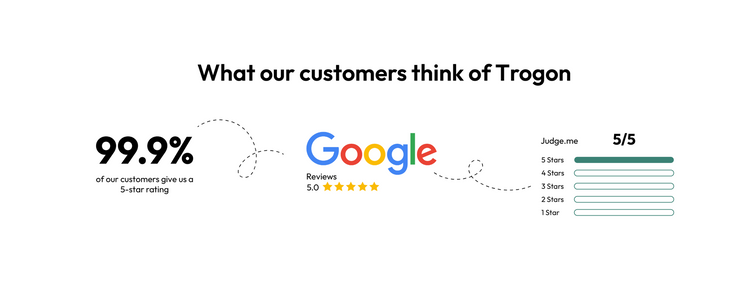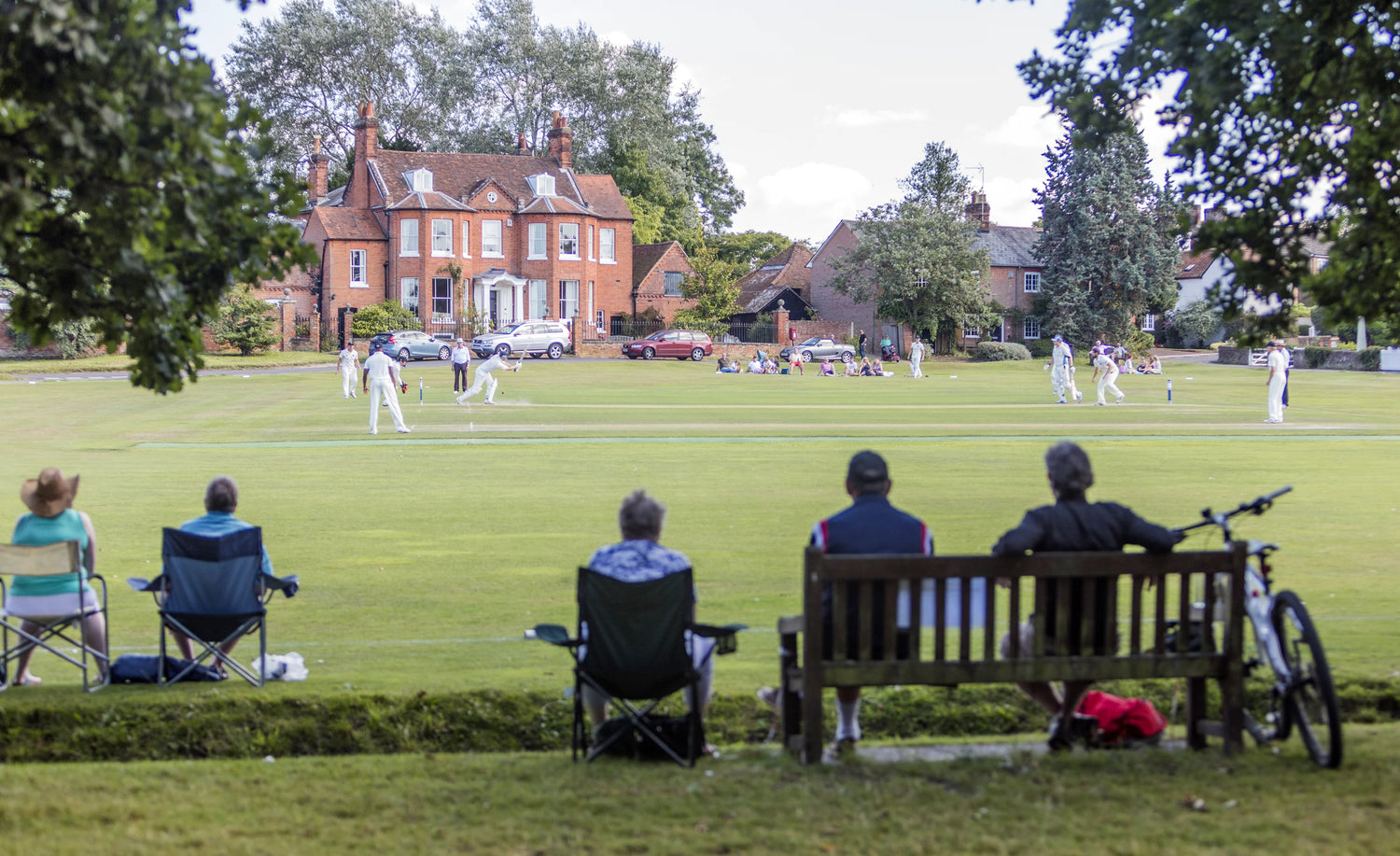Selecting the perfect bat can be daunting, but understanding the nuances of cricket bat willow can greatly aid in making an informed choice, especially when it comes to tight grains, wide grains, redwood, and heartwood.
In this blog post, we'll delve into the details and explore their advantages and disadvantages, helping you choose the best bat for your style of play.
But what do redwood and heartwood mean?
Tight grains in cricket bat willow are closely spaced lines on the bat's face, often indicating superior performance and durability. Heartwood is the older, harder central wood, offering unique playing characteristics and increased durability. Redwood is a darker wood due to natural sugars, affecting the bat's aesthetics and density.
So, let's jump in and get all the nitty-gritty details.
Tight Grains in Cricket Bat Willow
Tight grains refer to the number of grains or lines visible on the face of a cricket bat.
A bat with tight grains typically has more than 10 grains across the face, which are usually found in adult cricket bats or players' grade bats
Advantages of Tight Grain Cricket Bats:
- Superior Performance: Bats with tight grains often provide better performance. The compact structure can lead to a more responsive bat, offering better control and a greater 'sweet spot'.
- Aesthetic Appeal: Many players and enthusiasts appreciate tightly grained bats' fine and elegant appearance.
- Durability: Although this is subjective, some argue that tightly grained bats can be more durable, retaining their shape and performance characteristics over time.
Disadvantages of Tight Grain Cricket Bats:
- Cost: Bats with tight grains are often more expensive. The rarity and demand for such willow will increase its market value.
- Maintenance: They may require more careful maintenance and conditioning to prevent damage like cracking or splitting.
- Initial Hardness: Some tightly grained bats can take longer to 'play in', meaning they may not perform at their best immediately.
Is It Better To Have More or Fewer Grains on a Cricket Bat?
The answer depends on personal preference and playing style. More grains (tighter) usually mean the bat is made from older willow and might perform longer once you've knocked in a cricket bat.
Fewer grains (wider) come from younger willow and typically reach peak performance sooner, but may have a shorter lifespan.
Wide Grains in Cricket Bat Willow
A cricket bat cleft with wide grains typically has fewer than 6 grains across the face.
Advantages of Wide Grain Cricket Bats:
- Quicker 'Playing In': Wide-grained bats often require less time to reach optimal performance.
- Affordability: They are generally more affordable than tightly grained bats, making them accessible to a broader range of players.
- Softer Feel: Players often prefer the softer feel of wide-grained bats, which can be preferable depending on personal preference.
Disadvantages of Wide Grain Cricket Bats:
- Potential Durability Issues: While not always the case, wide-grained bats can be less durable, showing signs of wear or damage more quickly.
- Inconsistent Performance: The performance of wide-grained bats can be more variable, and finding a 'good' one might require more searching.
-
Aesthetic Preferences: Some players may not find the appearance of wide grains as visually appealing.

Trogon Top Tip
Having said the above, which is the usual party line from most people who make and sell cricket bats, grains are not the be all and end all. Some of the best bats I've made had 5-6 grains with and unbelievable ping - when choosing your bat, look for pick up and performance, they are the most important aspects, please don't just focus on grains.

The above image shows a cricket I made a while ago with lovely wide grains.
How Many Grains Does a Professional Bat Usually Have?
Most professional players’ bats tend to have between 6 and 10 straight, even grains. However, grain count alone isn’t the deciding factor; balance, ping, and pick-up matter more.
Redwood in Cricket Bat Willow
Redwood refers to the red or darker wood sometimes found in cricket bat willow. This colouration is typically due to the wood's natural sugars.
Advantages of Redwood Cricket Bats:
- Unique Appearance: The distinct colouration of redwood can make for a visually striking bat, which is sought after by batters.
- Density: Redwood areas can be more complex and denser, offering a different playing characteristic.
Disadvantages of Redwood cricket bats:
- Performance Variation: The presence of redwood can affect the consistency of the bat's performance.
- Aesthetic Preferences: Some players might not prefer the look of redwood on their bat, but this should be considered a minor disadvantage if you are looking for the bat's weight, pick-up, and performance.
- Misconceptions: There's a common misconception that redwood is inferior, which is not necessarily true, but can affect player choice.
Last but not least, let's have a look at Heartwood.

The above image shows a section from the workshop containing some redwood.
Heartwood in Cricket Bat Willow
Heartwood refers to the older, harder, and darker wood that forms at the centre of the tree.
Advantages of Heartwood in a Cricket Bat:
- Durability: Heartwood is generally more durable and resistant to wear and tear.
- Unique Playing Characteristics: Some players find that heartwood provides a unique feel and performance.
Disadvantages of Heartwood in cricket bats:
- Heavier: Heartwood can make the bat slightly heavier, which might not be suitable for all players.
- Aesthetic Variations: Not all players find the look of heartwood appealing, but again, this is completely subjective and personal.
- Potential for Reduced Performance: Heartwood might not offer the same level of performance as the outer, softer wood.
Does a Heavier Bat Make the Ball Go Farther?
While heavier bats can generate more momentum, they may compromise bat speed and timing. The best distance often comes from the right balance between weight, middle position, and the player’s strength.
Which Grade of English Willow Is Best?
Grade 1+ (Players Grade) offers the finest performance with tight, straight grains. Grade 2 and 3 options provide excellent value with wider grains and a slightly softer feel, ideal for club-level and developing players.
Our Conclusion
Selecting the right cricket bat involves understanding the material properties and aligning them with your personal requirements. Trogon Cricket excels in this aspect, offering handmade cricket bats tailored to a wide range of shapes, sizes, and weights.
With full customisation available, we ensure that each bat meets the batter's personal requirements. Our extensive selection includes grade 1 cricket bats, grade 2, and grade 3 clefts of English willow, catering to all budget requirements.
Playing Our Part in Your Cricket Story
We know that cricket is more than just a game; it’s a passion, a community, and a lifetime of memories. That’s why every Trogon bat is made with care, dedication, and pride. We see our role as more than just bat makers; we’re part of your cricket journey.
From the first knock in the nets to the biggest innings of your career, we want to be there with you.
Choosing Trogon means choosing a bat made with honesty, integrity, and the same love for the game that you carry to the crease.
Trogon Product Guarantee
When you buy from Trogon, you’re covered by our 6-month bat guarantee. If your bat cracks or breaks within that period and has been knocked in correctly, we’ll replace it with a new one, simple, fast, and hassle-free. Combine that with your statutory online protections, and you can shop with total peace of mind.








